Researchers prove the fully nonclassical nature of a three-party quantum network, a requirement for developing secure quantum communication technologies.
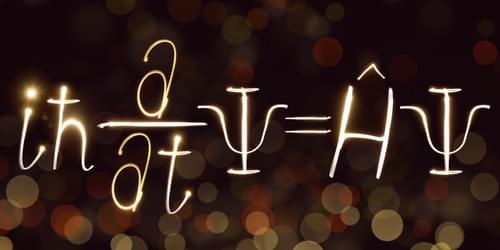

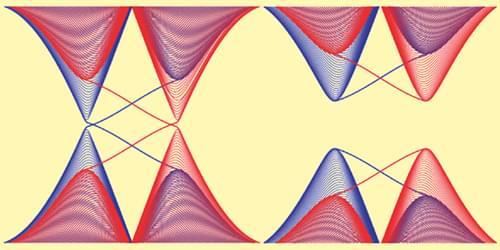
Graphene’s valence and conduction bands meet at a point, making the single-layer crystal a semimetal. Researchers have predicted that spin-orbit coupling of carbon’s outer electrons opens a narrow gap between these bands—but only for the crystal’s bulk. Along the edges, spin-dependent states bridge the band gap, allowing the resistance-free flow of electrons: a quantum spin Hall effect. The weakness of carbon’s spin-orbit coupling means that this quantum spin Hall effect is too fragile to observe, however. Now Pantelis Bampoulis of the University of Twente in the Netherlands and his collaborators have seen the quantum spin Hall effect in graphene’s germanium (Ge) analog, germanene [1]. Furthermore, they show that germanene’s structure—a honeycomb like graphene’s, but lightly buckled—allows the quantum spin Hall effect to be turned off and on using an electric field.
Bampoulis and his collaborators grew a germanene monolayer on a buffer layer of Ge atop a substrate of Ge2Pt. Using a scanning tunneling microscope, they discriminated between the edge and the bulk states of germanene and measured how current depended on voltage under an external electric field perpendicular to the layer. At low field strengths, germanene exhibited a robust quantum spin Hall effect due to germanium’s strong spin-orbit coupling. At high field strengths, the edge states no longer bridged the gap and germanene became a normal insulator. But at a critical intermediate value, germanene underwent a topological phase transition as the otherwise separated conduction and valence bands in the bulk came together and the symmetry that sustained the quantum spin Hall effect was destroyed.
The robustness of germanene’s quantum spin Hall effect and the fact that it can be turned off with an applied electric field suggest that the material could be used to make room-temperature topological field-effect transistors.
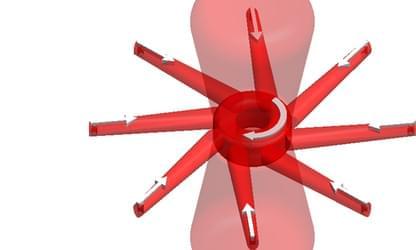
A spinning plasma ring mimics the rotating structure surrounding a black hole.
Astrophysicists have many questions about the so-called accretion disk that forms from plasma and other matter falling into a black hole. Now researchers have generated a rotating ring of plasma in an unconfined arrangement in the lab, which will enable more realistic studies of plasma in astrophysical disks [1]. The lab plasma also produced a jet perpendicular to the disk, as real black holes do. The experiment could provide a platform for testing theories describing the evolution of astrophysical disks.
According to observations, the matter in a black hole accretion disk spirals inward at a rate that is thousands of times faster than would be expected from turbulence-free rotation. The leading explanation involves turbulence generated in part by the interaction of magnetic fields with the plasma in the disk, but this theory is difficult to test without a lab plasma that rotates rapidly. Such an experimental system would also allow researchers to investigate accretion disks around massive objects other than black holes.
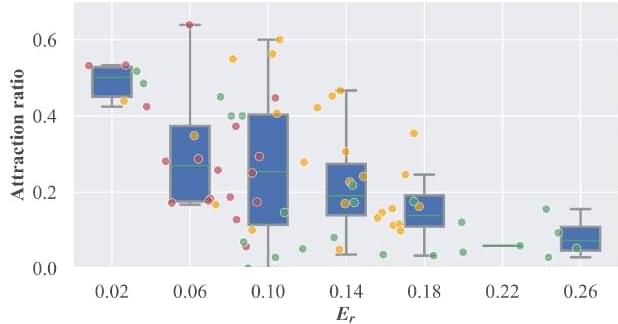
In recent decades, engineers have created a wide range of robotic systems inspired by animals, including four legged robots, as well as systems inspired by snakes, insects, squid and fish. Studies exploring the interactions between these robots and their biological counterparts, however, as still relatively rare.
Researchers at Peking University and China Agricultural University recently set out to explore what happens when live fish are placed in the same environment as a robotic fish. Their findings, published in Bioinspiration & Biomimetics, could both inform the development of fish-inspired robots and shed some new light on the behavior of real fish.
“Our research team has been focusing on the development of self-propelled robotic fish for a considerable amount of time,” Dr. Junzhi Yu, one of the researchers who carried out the study, told Tech Xplore. “During our field experiments, we observed an exciting phenomenon where live fish were observed following the swimming robotic fish. We are eager to further explore the underlying principles behind this phenomenon and gain a deeper understanding of this ‘fish following’ behavior.”
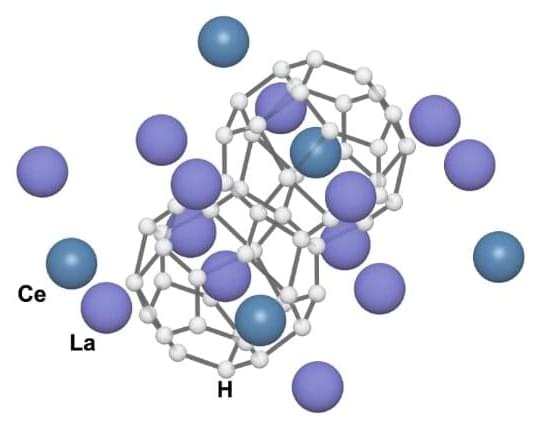
Scientists from Jilin University, the Center for High Pressure Science and Technology Advanced Research, and Skoltech have synthesized lanthanum-cerium polyhydride, a material that promises to facilitate studies of near-room-temperature superconductivity. It offers a compromise between the polyhydrides of lanthanum and cerium in terms of how much cooling and pressure it requires. This enables easier experiments, which might one day lead scientists to compounds that conduct electricity with zero resistance at ambient conditions—an engineering dream many years in the making. The study was published in Nature Communications.
One of the most intriguing unsolved questions in modern physics is: Can we make a material that conducts electricity with zero resistance (superconducts) at room temperature and atmospheric pressure? Such a superconductor would enable power grids with unprecedented efficiency, ultrafast microchips, and electromagnets so powerful they could levitate trains or control fusion reactors.
In their search, scientists are probing multiple classes of materials, slowly nudging up the temperature they superconduct at and decreasing the pressure they require to remain stable. One such group of materials is polyhydrides—compounds with extremely high hydrogen content. At −23°C, the current champion for high-temperature superconductivity is a lanthanum polyhydride with the formula LaH10. The trade-off: It requires the pressure of 1.5 million atmospheres. At the opposite end of the spectrum, cuprates are a class of materials that superconduct under normal atmospheric pressure but require cooler temperatures —no more than −140°.
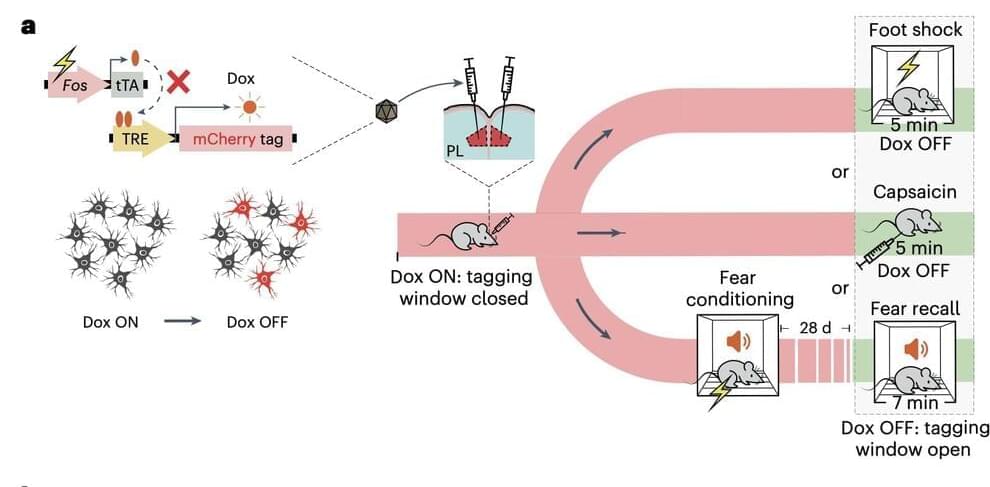
While pain and fear are very different experiences, past studies showed that they can sometimes be closely related to one another. For instance, when many animals and humans are in dangerous or life-threatening situations, acute fear can suppress their perception of pain, allowing them to fully focus their attention on what is happening to them.
Conversely, research showed that when humans experience high levels of pain, they can create long-term and associative fear memories that make them fearful of situations that they associate with the pain they felt. These memories can in turn increase their sensitivity to pain or lead to the development of unhelpful behavioral patterns aimed at avoiding pain.
The increase in the intensity with which animals or humans perceive pain after very painful past experiences could be liked to their fearful anticipation of pain. The exact neural underpinnings of this process, however, are still poorly understood.
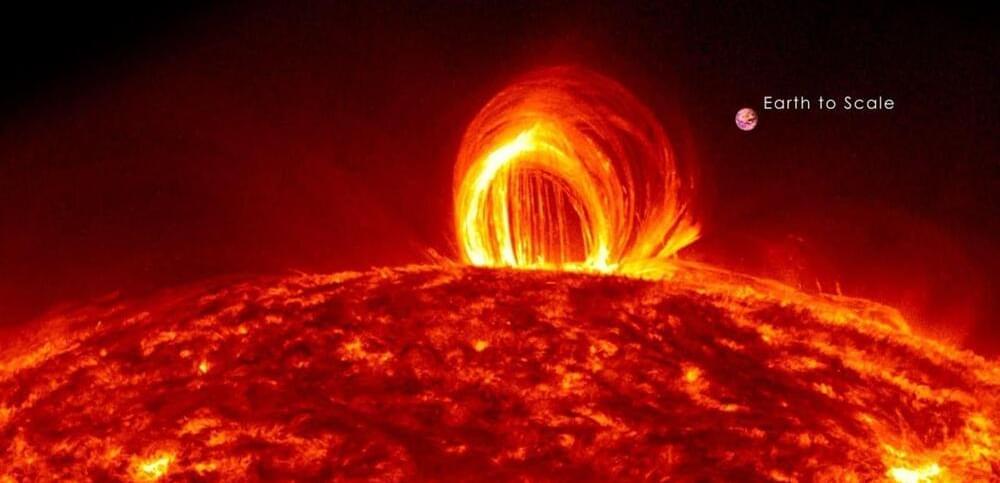
The possibility of the Sun causing catastrophic damage on Earth might seem something out of a science-fiction film, but this threat is very true. One of the best examples of Solar activity harming Earth was provided by the Roland Emmerich film 2012. It depicted the apocalypse prophesied by the Mayans many centuries ago. The storyline of the movie revolved around the Sun emitting unstable neutrinos because of anomalous energy processes, which were causing the Earth’s core to heat up and eventually lead to its destruction.
Although the ‘science’ part of the film was a bit over the top, the threat posed by the Sun could cause significant damage on Earth, and a recent solar flare impact gave us a hint of the Sun’s mighty power.
According to a report by spaceweather.com, a Reversed-polarity sunspot, given the designation AR3296, exploded on the Sun, blasting out dangerous solar flares directly towards Earth yesterday, May 7. Forecasters at NASA’s Solar Dynamics Observatory (SDO) revealed that this explosion on the solar surface produced a M1.5-class solar flare which lasted for a substantial amount of time.
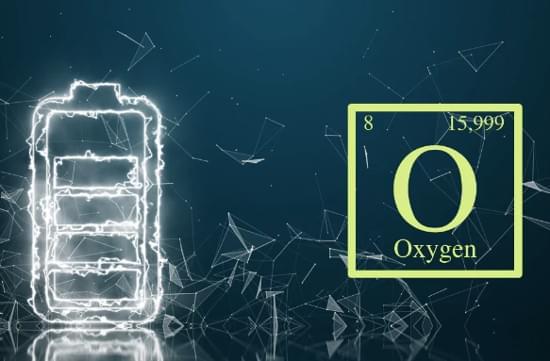

Improved, innovative strategies are needed for the prevention and promotion of recovery from mental illness as these disorders leading cause of disability worldwide. This article will review the evidence linking dietary pattern to brain-based illnesses and provide an overview of the mechanisms that underlie the association between brain health and the food we eat. Considerations for dietary intervention will be discussed including encouraging a shift towards a traditional or whole foods dietary pattern.
Robert, a 43-year-old married man who presents with irritability and a low mood for two months. He has a history of attention deficit disorder, first diagnosed two years ago, and is currently treated with Vyvanse 70 mg. While his focus and work function are improved, he reports low appetite, fatigue, and difficulty sleeping. He notes that he tends to be quite irritable during mealtimes to the extent that his wife has asked him to stay at work past dinnertime to “stay out of the way.” He feels guilty and, concerned about not connecting emotionally to his young children ages 1 and 3. Further history and medical workup reveal no substance use, no active medical issues, and blood work reveals no abnormalities.
The evidence is growing: food choice is strongly implicated in mental health risk. In cases like Robert’s, a food history is a vital piece of data, both in assessing low appetite as a possible medication side effect, or as a symptom of depression. Furthermore, a food history is imperative to understand whether targeted dietary recommendations could assist in his recovery.
An approach to consider for patients with mental health symptoms is to offer counseling on lifestyle interventions, such as diet.1 Physicians often feel ill-equipped to discuss diet due to lack of training, limited time, and a poor reimbursement structure. Physician uncertainty is likely exacerbated by the wide variety of specific dietary recommendations and dietary “tribes” that exist in our society today. Over 2,000 years ago, Hippocrates said, “let thy food be thy medicine and thy medicine be thy food.”2 The evidence base is increasing that we should re-examine his counsel, as the effect of good food has profound implications for brain health.
Almost 30,000 people have signed a petition calling for an “immediate pause” to the development of more powerful artificial intelligence (AI) systems. The interesting thing is that these aren’t Luddites with an inherent dislike of technology. Names on the petition include Apple co-founder Steve Wozniak, Tesla, Twitter, and SpaceX CEO Elon Musk, and Turing Prize winner Yoshua Bengio.
Others speaking out about the dangers include Geoffrey Hinton, widely credited as “the godfather of AI.” In a recent interview with the BBC to mark his retirement from Google at the age of 75, he warned that “we need to worry” about the speed at which AI is becoming smarter.
Many high-profile tech figures, including Steve Wozniak and Elon Musk, are calling for a pause in the development of AI over concerns about its potential to cause harm, whether intentionally or unintentionally. Is the speed of advancement outpacing the ability to put in place adequate safeguards?